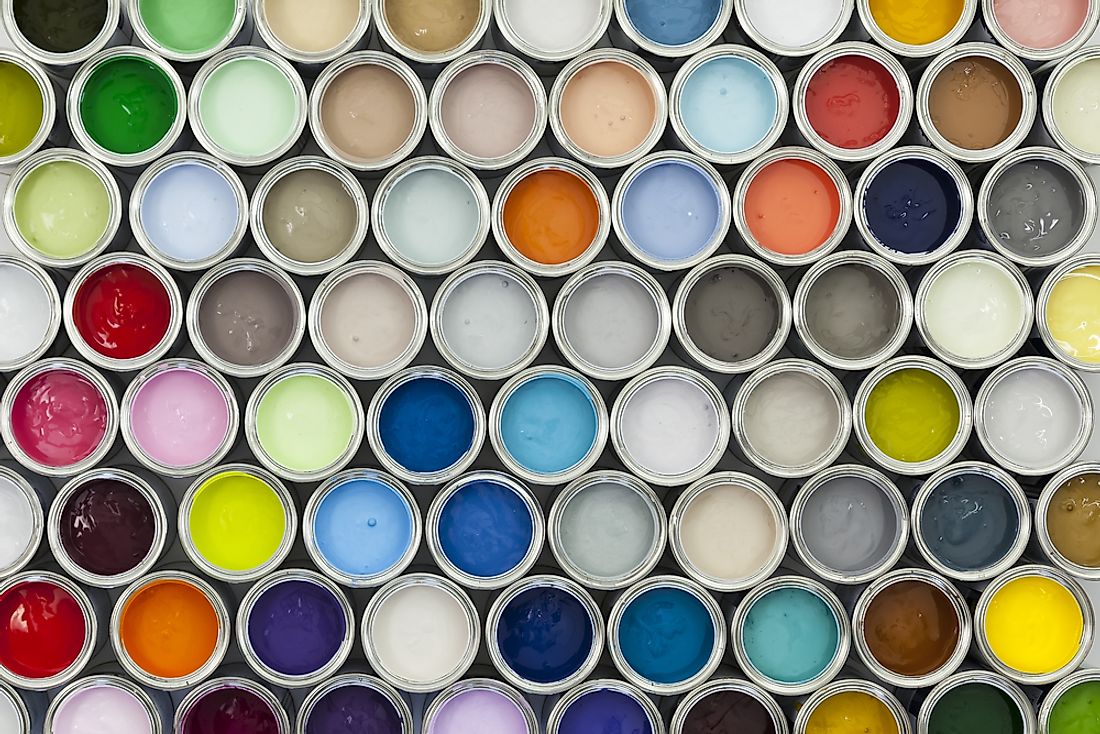What is the Environmental Impact of Paint?

The effect of paint on the environment is very diverse. Traditional materials that have been used for painting can have some adverse impacts on the environment, for instance those that are made of lead and many other additives. This, however, can be reduced by taking up measures like approximating paint quantities accurately to minimize paint waste. In addition, we can also use environmental-friendly paints, techniques, and paint accessories.
Environmentally Friendly Paints
Most of the solvents in traditional paints often have large volumes of Volatile organic compounds (VOC). These are gases that are released by various liquids or solids that might have short-term or long term hostile health effects. Such paints reduce smog in urban areas and greatly increases air quality indoors. These paints have an array of benefits, including clean air, low odor, excellent durability, and a washable finish. They include latex, recycled latex, and milk paint.
You can check the wrap of any paint you want to buy for this information;
- For a paint to be termed as a low-VOC, it should hold less than 50 grams of VOC per liter.
- For a paint to be regarded as zero-VOC, it should hold less than 5 grams of VOC per liter.
- In solids, the content usually is between 25% and 45% with a higher solid percentage indicating that the material has less VOCs.
Anti-fouling/bottom Paint
Also known as bottom paint, this is a paint that is useful in preventing marine organisms from accumulating on the undersides of boats. Besides, it also prevents the exterior from corroding. Such paints have organotin compounds like tributyltin. These compounds are said to be contaminated and have some harmful effects on human beings and the environment in general.
These compounds bio-concentrate marine predators’ food chains since they are persistent organic contaminants, whether moderately or highly. The best example is that of leaching of the paint from marine bodies down to the marine environment, something that causes permanent damage to the water plants and animals. If you think man is safe from Tributyltin, then you are wrong. Tributyltin elicits fat cells genes in human beings, something that leads to obesity.
It is also detrimental to some of the aquatic organisms, like the dog whelk to whom it causes imposex. Imposex is a condition where a female organism develops male sexual properties like a penis, causing it to become sterile or die. Some males grow egg sacs in severe situations. Instead of using these type of paints, you can opt for biomimetic anti-fouling coatings.
Others
Other materials that have cause concerns over their toxicity include heavy metals. They are incorporated in paints and since they keep growing in the food chain, they are toxic at high points of exposure.
Some of them include lead, which is mostly added in paints to speed up drying and increase the paint’s durability by resisting moisture that can cause corroding. Lead can impair nerve connections causing blood and brain ailments. Chromium on the other hand is rarely used nowadays since it is highly poisonous.
Some paint producers have opted to come up with environmental-friendly paints, while some countries recycle and sell surplus paints.











